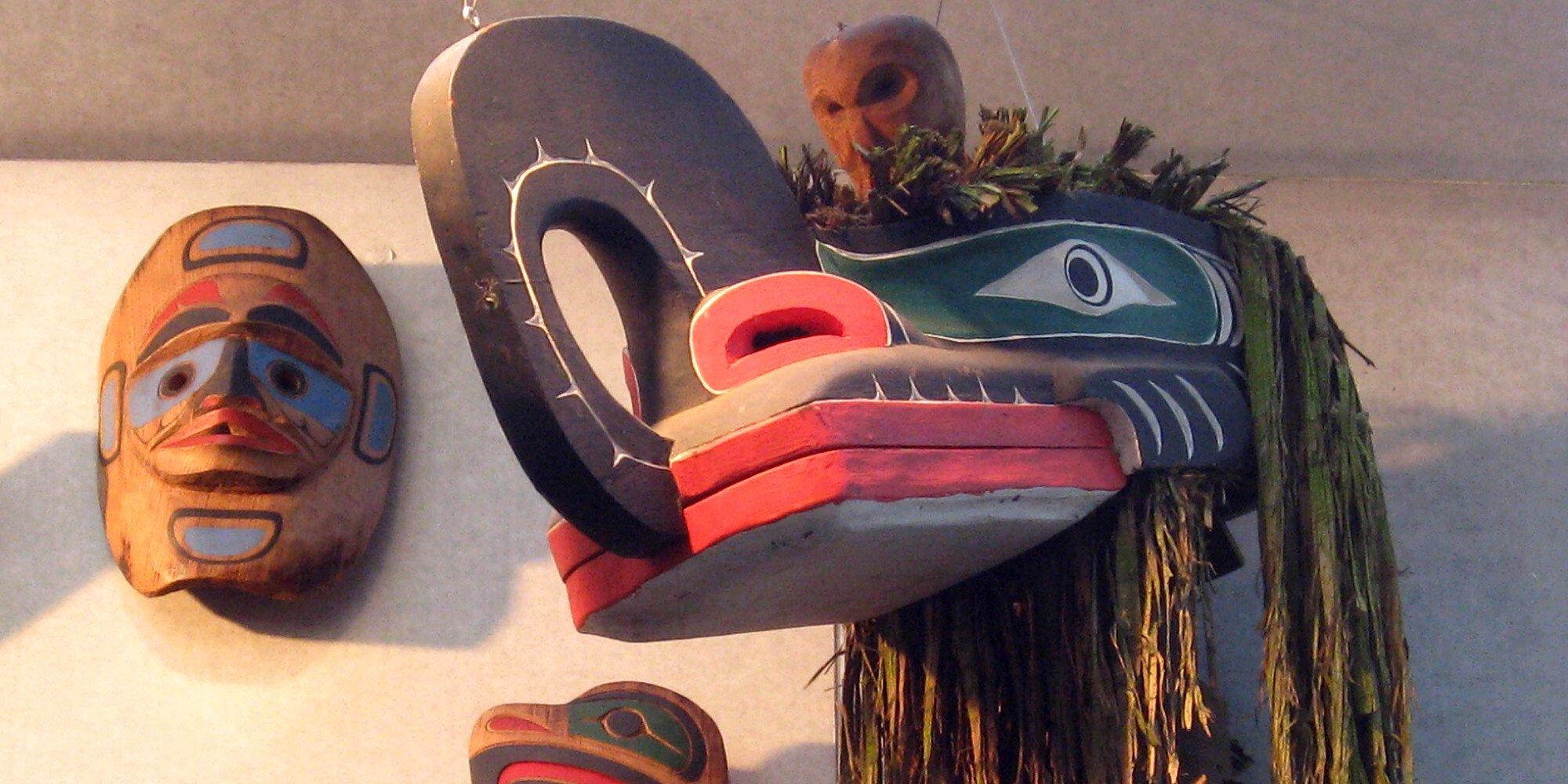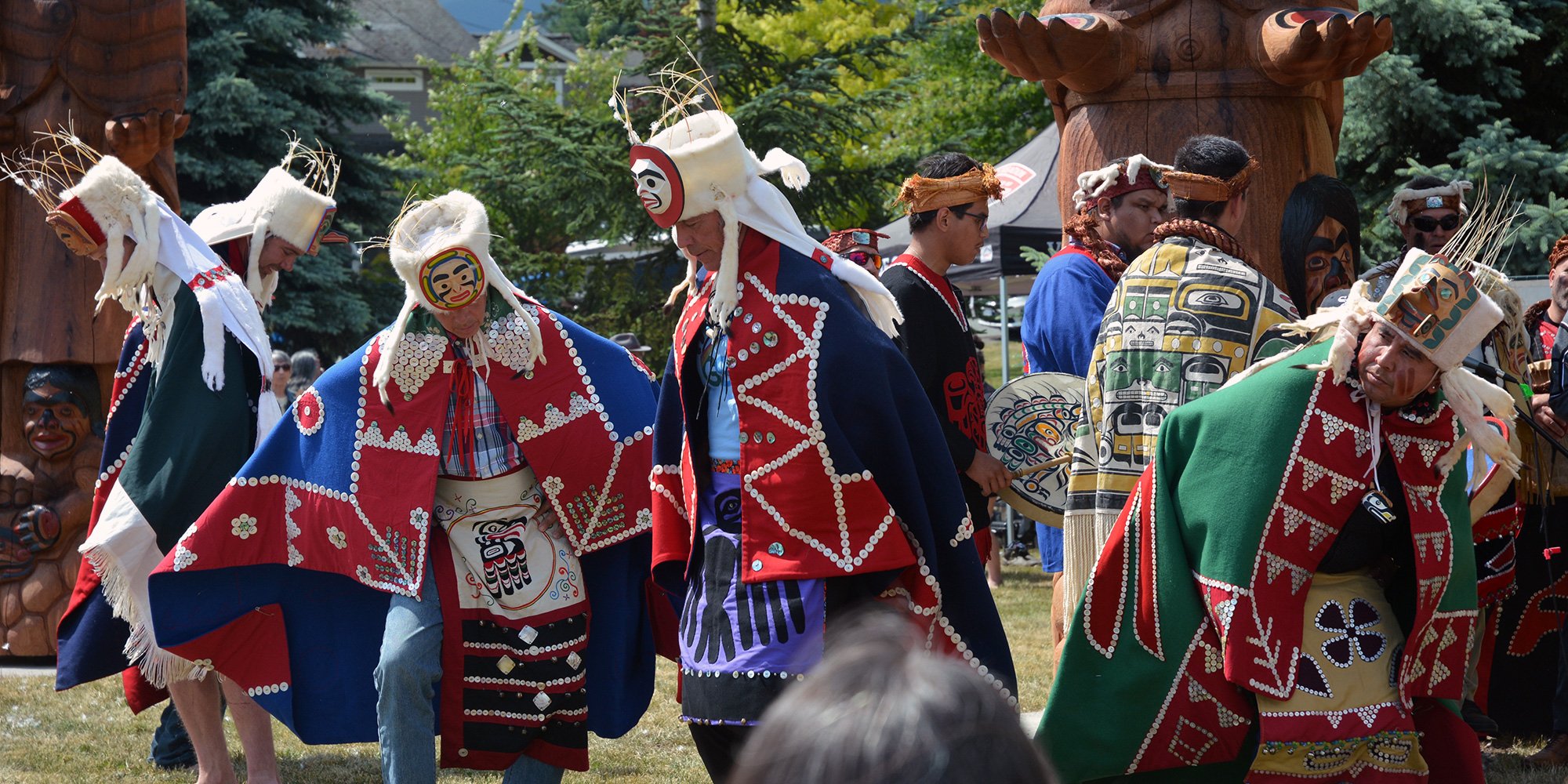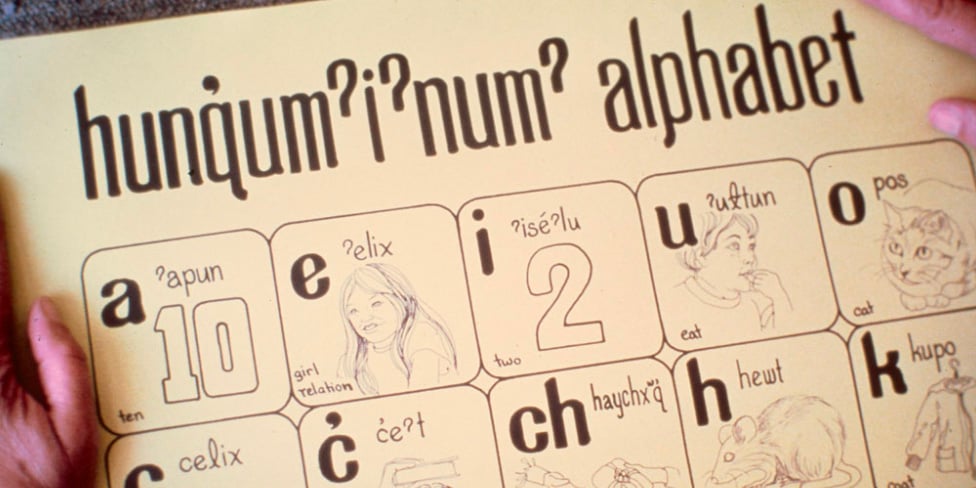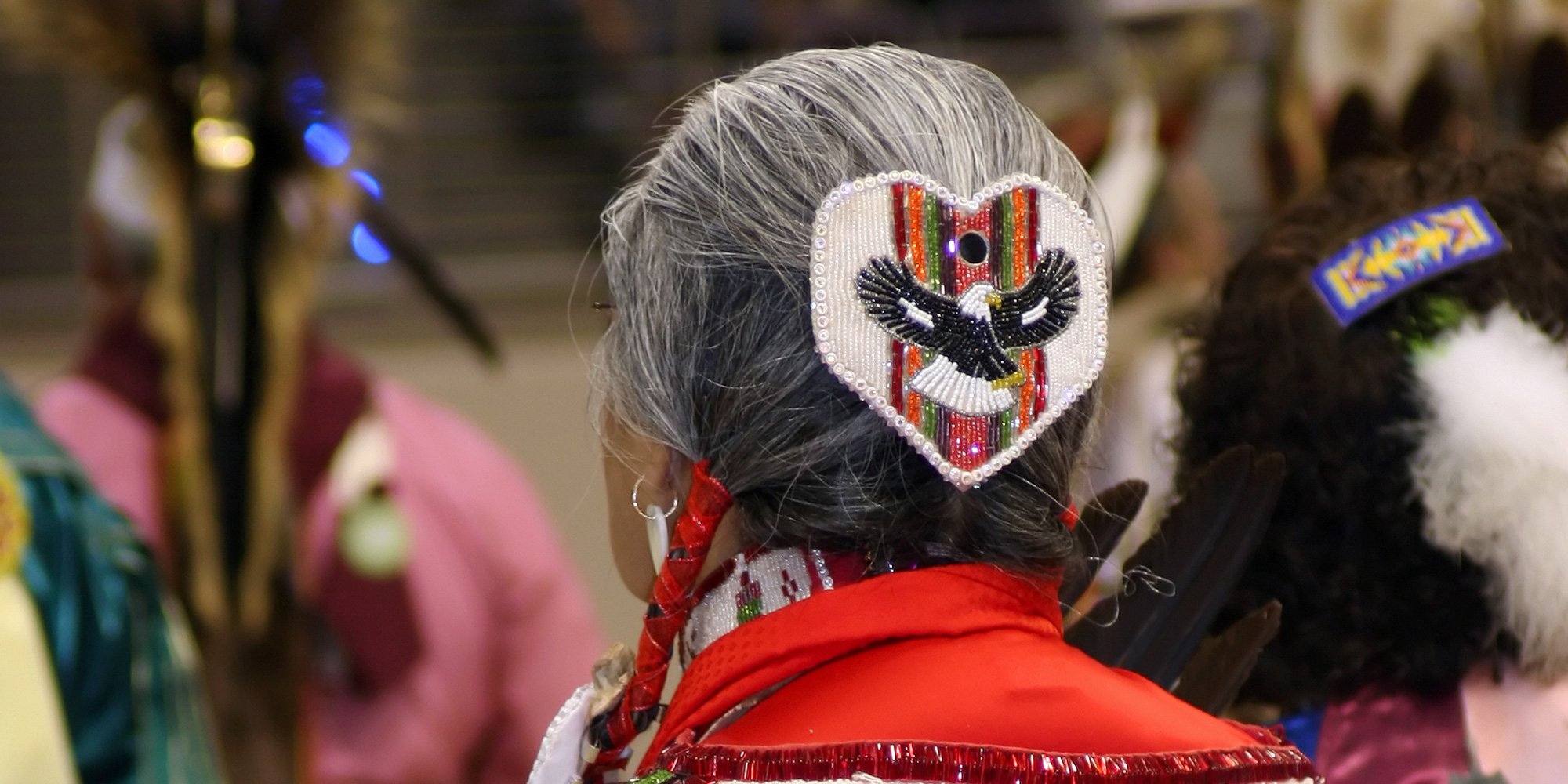Indigenous Knowledge and the Question of Copyright
Indigenous Peoples around the world are increasingly concerned about protecting their Indigenous knowledge (IK) and traditional cultural expressions...

A newsletter reader sent us a message asking if we would write something about appropriated art. The topic of cultural appropriation is increasingly making headlines, and 2017 so far has been rife with controversies. In one aspect, the fact that there is such a concentrated discussion in mainstream and social media is, I think, the silver lining to this particular cloud. The other view of the cloud is how troubling it is that this affront to Indigenous culture is ongoing despite the coverage in mainstream media.
-629578-edited.jpg?width=168&height=300&name=Snapchat-811710306%20(2)-629578-edited.jpg)
This picture was taken in a store in downtown Victoria on a street populated with stores that cater to tourists. Every store we entered had the same, or similar, items for sale and every store we entered was bursting with tourists from Asia and Europe. It was disheartening to think that these knock-off items were going out into the world as representatives of Indigenous art from Canada.
Indigenous art has been coveted ever since European contact with Indigenous Peoples when explorers were instructed to collect "exotic curiosities" such as ceremonial regalia, clothing and tools. That desire to possess a piece of ‘wild’ or ‘exotic’ art, unfortunately, led to the manipulation of situations or outright pillage from communities, sometimes when they were at their most vulnerable, struggling with epidemics, famine or poverty. Some villages that were empty because of disease or forced relocation were looted. The Indian Act made potlatches illegal (1880 - 1951) but some potlatch families defied the law and were subjected to raids, imprisonment, and confiscation of masks and regalia, which were often sold to collectors and/or sold and donated to museums.
For a more in-depth understanding of the Indian Act and the outlawing of potlatches, the Working Effectively With Indigenous Peoples® training is highly recommended.
Today, the copying or theft of Indigenous art is less dramatic but more pervasive. Sales of knock-off items created in Canada, and offshore, are rampant across the country.
80% of Aboriginal art and giftware has nothing to do with Aboriginal People, there is no Aboriginal involvement. It’s like they’ve taken a cliche of a design and splashed it on mugs and backpacks….all the resources have gone to non-Aboriginal companies or persons. In Canada the most marginalized and impoverished communities are Aboriginal communities and we’re hoping that the consumer wants to make sure that that is alleviated by purchase of our own art, which is our gift to you. We want you to have the real thing, there is meaning in our art work.
Shain Jackson, Coast Salish artist
These knock-offs devalue the history of the culture that is infused in authentic Indigenous art and perpetuate the demoralization of Indigenous Peoples. Knock-off items also harm the Indigenous artist community, devalue Indigenous art in general, and send the wrong message/image of the quality of Indigenous art out into the world.
Art is the conduit that keeps a culture strong, it connects the present with the past, and it is an important aspect of identity. It is also an important source of income for communities where economic opportunities can be limited. As the older Indigenous population ages and passes on, as economic pressures force more Indigenous people to relocate to urban centres, there is a great responsibility for communities to ensure their culture and art are protected and kept alive by the younger generations.
Canada does not yet have a system to verify authentic Indigenous art, but British Columbia does. In 2014, the Authentic Indigenous system was launched to identify work made by BC indigenous artists. As part of Aboriginal Tourism B.C.’s Authentic Indigenous Arts Resurgence Campaign, the verification system has three tiers:
A benefit beyond the artists receiving a royalty is that the system encourages consumers to contact registered artists directly, encourages consumers to do their due diligence, and encourages consumers to learn about the artists, their culture, and the influences that shape their unique art.
So, what can you do to ensure you are buying authentic Indigenous art?
Incidentally, in 2012, the Cowichan sweater was officially recognized as an object of national historic significance by the Federal Government. Long before then, in 1959, Indian and Northern Affairs Canada, in an attempt to distinguish Inuit art from imposters, created the “igloo tag” which is available only to Inuit artists.
Featured photo: Ruth Hartnup, Flickr

Indigenous Peoples around the world are increasingly concerned about protecting their Indigenous knowledge (IK) and traditional cultural expressions...

Of the most spoken languages in the world, English is third after Mandarin Chinese and Spanish. But English is the most commonly spoken second...

In this article, we provide the definition of Indigenous Elder and answer some specific questions people ask us in our Working Effectively with...